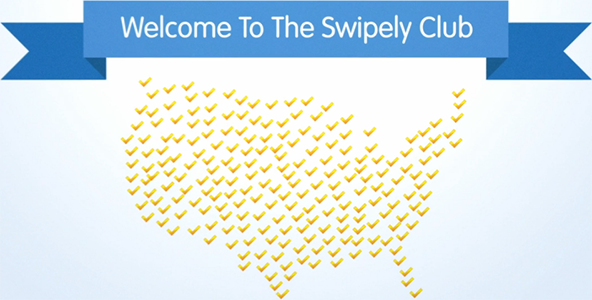Visa Chargeback Monitoring

Visa monitors chargeback levels of all merchants accepting their credit and debit cards. Merchants are required to keep their chargeback rates below 1% and, whenever excessive chargeback levels are detected, merchants and their processing banks are required to take corrective measures.
Merchants should consider implementing into their chargeback monitoring process the following best practices:
- Track chargebacks and representments by reason code. Each reason code is associated with unique risk issues and requires specific remedies.
- Include initial chargeback amounts and net chargebacks after re-presentment.
- Track card-present chargebacks separately from card-not-present ones. If your business operates in both physical and virtual environment, you should track separately chargebacks resulting from each sales type. Card-present transactions not only generate less chargebacks than virtual ones, but the reasons behind them are different as well. If your organization combines e-commerce and MO / TO sales, the resulting chargebacks should also be tracked separately, for the same reason.
Visa monitors the chargeback activity of all merchants accepting their cards on a monthly basis and alerts the respective processing bank (also called an acquiring bank or simply an acquirer) when any one of their merchants reaches excessive chargeback levels.?áTypically, chargeback rates of 1% or greater are considered excessive.
When notified of a merchant with excessive chargeback rates, processing banks are expected to take adequate steps to reduce the merchant’s chargebacks.?áRemedial actions depend on various factors, including merchant type, sales volume, geographic location, and other risk factors. Often merchants need to provide their sales staff with additional training on card acceptance procedures. Merchants may also be required to work with their processing banks to develop a detailed chargeback-reduction plan.

Visa may impose substantial financial penalties (see below) on processing banks that fail to reduce their merchants’ excessive chargeback rates, providing another incentive to help ensure that merchants’ chargeback rates are kept within acceptable limits. Visa has three chargeback monitoring programs:
- Merchant Chargeback Monitoring Program (MCMP). The Merchant Chargeback Monitoring Program (MCMP) monitors chargeback levels for all processing banks and merchants on a monthly basis.?áIf a merchant reaches excessive chargeback rates, Visa notifies the respective processing bank in writing. MCMP applies to all merchants with more than 100 total transactions per month — sales, credits, etc. — more than 100 chargebacks, and an overall chargeback-to-transaction rate of one percent or greater. First notification of excessive chargebacks for a specific merchant is considered a warning. Visa imposes fines only if remedial actions are not taken within a predetermined period of time to return chargeback rates to acceptable levels.
- High-Risk Chargeback Monitoring Program (HRCMP). The High Risk Chargeback Monitoring Program (HRCMP) is specifically designed to reduce excessive chargebacks by high-risk merchants. As defined by Visa, high-risk merchants include direct marketers (mail order and telephone order merchants), travel services, outbound telemarketers, inbound teleservices, and betting establishments.?áHRCMP applies to all high-risk merchants with more than 100 total transactions per month — sales, credits, etc. — more than 100 chargebacks, and an overall chargeback-to-transaction rate of one percent or greater.?áUnlike the MCMP, under HRCMP, there is no warning period and fines of $100 per chargeback are imposed immediately if a merchant has an excessive chargeback rate.
- Global Merchant Chargeback Monitoring Program (GMCMP). The Global Chargeback Monitoring Program (GMCMP) is operated by Visa International (a separate entity from Visa USA) and administered by each region. The program is based on the U.S. Merchant Chargeback Monitoring Program (MCMP) and is intended to promote credit card processing best practices to help reduce chargebacks. The GMCMP applies when a merchant meets or exceeds specified International chargeback thresholds which differ by region. Under GMCMP, there is no warning period and fees may be assessed to the processing bank immediately if a merchant has an excessive chargeback rate.
MasterCard’s equivalent to the above programs is its Excessive Chargeback Program.
Image credit: HD.org.


